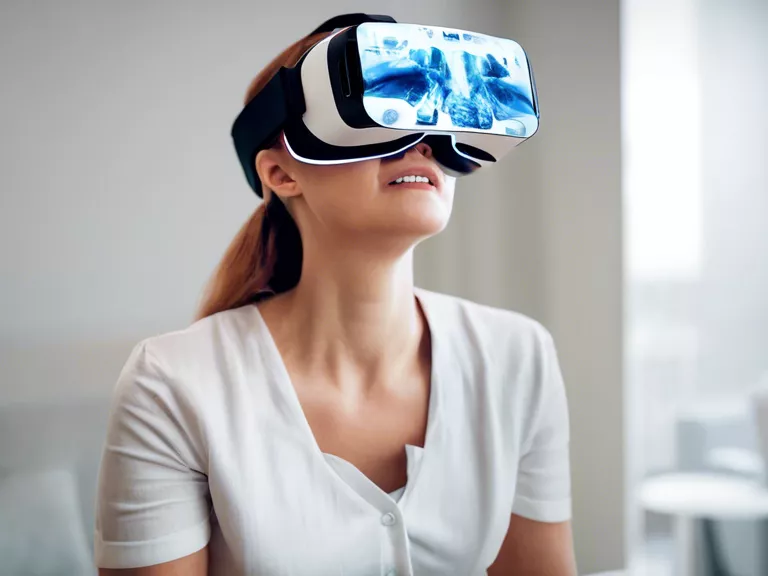
With artificial intelligence (AI) making its mark in various fields, it comes as no surprise that it has also revolutionized the world of sports. In the realm of predicting and preventing sports injuries, AI has become a game-changer. By analyzing vast amounts of data and providing valuable insights, AI has enabled coaches, trainers, and athletes to take proactive measures to minimize the risk of injuries.
One of the key ways in which AI impacts predicting and preventing sports injuries is through biomechanical analysis. By analyzing an athlete's movements and mechanics, AI can identify potential issues that may lead to injuries. This information allows coaches and trainers to make necessary adjustments to training programs, techniques, or equipment to reduce the likelihood of injuries occurring.
Another significant aspect of AI in injury prevention is monitoring athlete performance and load. AI algorithms can track an athlete's workload, fatigue levels, and recovery patterns to determine the optimal training intensity and volume. By monitoring these factors, AI can alert coaches and trainers when an athlete is at risk of overtraining or experiencing burnout, ultimately preventing injuries before they occur.
Furthermore, AI-powered wearables and sensors have also played a vital role in predicting and preventing sports injuries. These devices can provide real-time data on an athlete's movements, biomechanics, and physiological parameters. By analyzing this data, AI can identify patterns or abnormalities that may indicate an increased risk of injury, allowing for timely intervention.
In conclusion, the impact of AI on predicting and preventing sports injuries is undeniable. By leveraging the power of data analysis, machine learning, and predictive analytics, AI has transformed the way athletes train and compete. With AI's ability to provide valuable insights and proactive measures, coaches, trainers, and athletes can work together to minimize the risk of injuries and maximize performance on the field.



